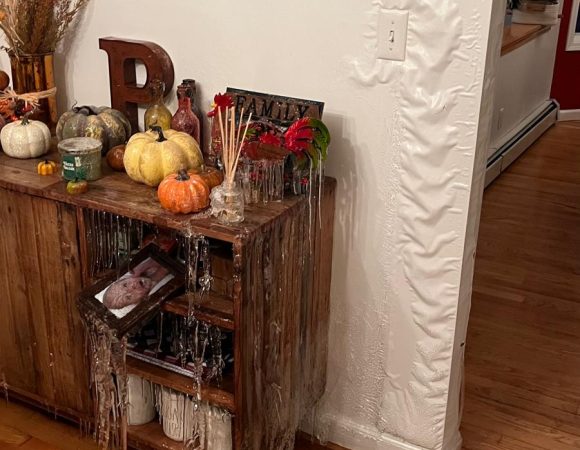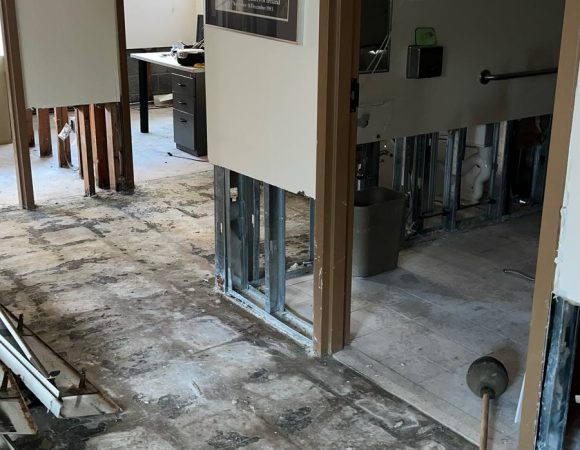Health Risks of Mold Exposure:
Mold can cause a variety of health issues, including respiratory problems, allergies, and skin irritation. Prolonged exposure can lead to chronic conditions, especially in individuals with asthma or weakened immune systems. Children and elderly individuals are especially vulnerable to mold-related health concerns.
Common Signs of Mold:
Mold often grows in areas with excess moisture, such as bathrooms, kitchens, basements, and areas affected by water damage. Some common signs of mold include:
Musty odors in your home or specific rooms
Discoloration on walls, ceilings, or floors
Visible mold growth on surfaces like walls or under sinks
Peeling paint or wallpaper, especially in areas with high humidity
Effective Mold Remediation:
Mold remediation should always be handled by professionals to ensure that the problem is completely eradicated. The steps involved in mold remediation include:
Inspection: A mold specialist will conduct a thorough inspection to identify the source of moisture and the extent of the mold problem.
Containment: The affected area is sealed off to prevent the mold from spreading to other parts of the home.
Removal and Cleaning: Moldy materials, such as drywall or carpet, are safely removed, and affected areas are thoroughly cleaned and sanitized using specialized equipment.
Moisture Control: The root cause of the moisture is addressed to prevent future mold growth. This may include repairing leaks, improving ventilation, or using dehumidifiers to reduce humidity levels.
Preventing Mold Growth:
To prevent mold growth in the future, it’s important to address water damage promptly. Keep your home well-ventilated, especially in high-humidity areas, and use moisture-absorbing products like silica gel or dehumidifiers. Regularly inspect areas prone to mold, and address any leaks or standing water immediately.



